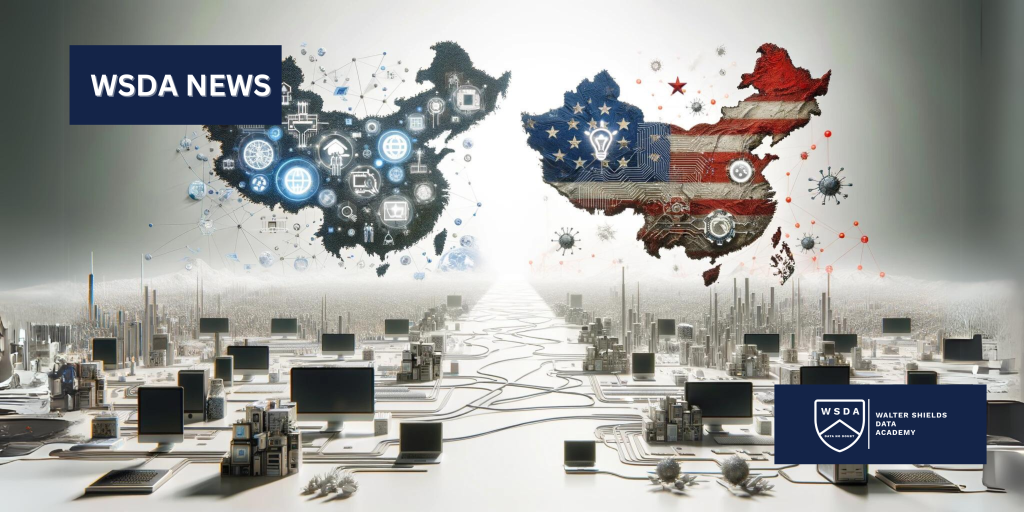Navigating the AI Divide: China’s Complex Relationship with US Technology

In the rapidly evolving landscape of artificial intelligence (AI), the tension between global superpowers, particularly the United States and China, is becoming increasingly palpable. Recent moves by the Biden administration to put “guardrails” around U.S.-developed AI models, such as those powering ChatGPT, to safeguard the technology from countries including China and Russia, have added new dimensions to this complex relationship. But what does this mean for China, a country that has been simultaneously pushing for technological self-sufficiency while still relying on Western advancements in AI?
China’s Access to OpenAI’s Models
Despite the official unavailability of OpenAI’s services like ChatGPT and DALL-E in mainland China due to local “conditions,” Chinese companies and engineers have found ways to access these services using proxy tools. This access has enabled them to build software and applications on top of OpenAI’s models, demonstrating a reliance on U.S. technology to fuel innovation. However, OpenAI’s recent suspension of ByteDance’s account, the Chinese owner of TikTok, highlights the tightening restrictions and challenges faced by Chinese companies in leveraging U.S. AI technologies.
The Dependency on Western AI Models
The U.S. Commerce Department’s focus on restricting the export of proprietary AI models to China underscores the significant reliance of Chinese AI developments on Western technology. High-profile instances, such as the backlash faced by 01.AI for building its model on Meta’s Llama system, reveal a critical challenge for China’s AI ambitions: the severe lack of autonomy in AI development. Despite efforts by Chinese tech giants like Baidu, Huawei, and iFlytek to develop proprietary AI models, the acknowledgment from within the country about its dependency on Western models, particularly open-source ones, is telling.
Beijing’s Stance on U.S. AI Technology
Amidst these developments, the stance of the Chinese government is clear. With directives from President Xi Jinping to foster technological self-sufficiency, China is keen on developing its own “controllable” AI technology. The skepticism towards U.S. AI models is evident in state-backed media narratives, portraying ChatGPT as a tool for the U.S. to spread disinformation. Concurrently, China is tightening regulations on generative AI, requiring government approvals for AI services, a move that distinctly emphasizes its quest for technological sovereignty.
The Road Ahead
The relationship between China and U.S. AI technology is emblematic of the broader strategic competition in technological innovation. While China aspires to reduce its dependency on Western AI models, the reality showcases a nuanced picture of mutual dependency and competition. The quest for AI supremacy is not just about technological advancements but also about shaping the global norms and ethics surrounding AI use.
China’s efforts to develop proprietary AI models and regulations to govern AI usage reflect a strategic move towards self-reliance. However, the comparison of Chinese AI capabilities to global standards, as illustrated by the football analogy involving Messi, underscores the challenges China faces in catching up with the U.S. in AI development.
The unfolding dynamics of AI development and regulation will undoubtedly have far-reaching implications for global technological leadership. As both countries continue to chart their paths in AI innovation, the world watches closely, anticipating the next moves in this complex game of technological rivalry and cooperation.
Data No Doubt! Check out WSDALearning.ai and start learning Data Analytics and Data Science Today!

